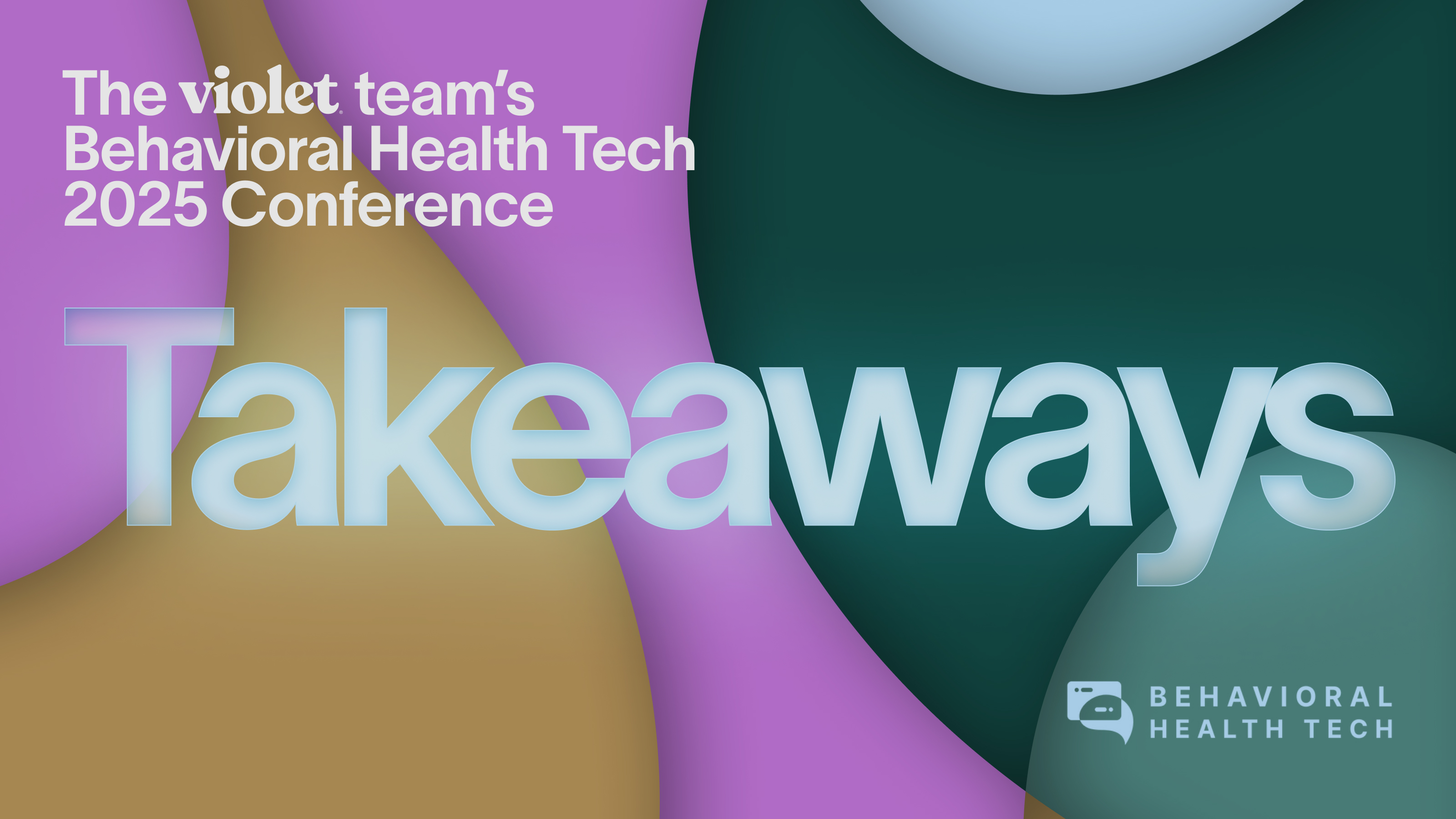Finding time is difficult.
Doctors work an average of approximately 50 hours per week.
When there are multiple patients to support and tons of research to read, squeezing in time for yet another compliance course seems nearly impossible.
That’s why Violet implements microlearning for participating clinicians.
What is microlearning?
According to the Association of Talent Development, “Microlearning enhances learning and performance in the most efficient and effective manner possible through short pieces of content.” In other words, it’s high impact, low time-commitment education.
Microlearning can take the form of:
- Text
- Images
- Videos
- Audio
- Tests and Quizzes
- Games
Different benefits of microlearning.
- Microlearning allows different learners to thrive. It’s widely understood that there are four types of learners: visual, auditory, reading and writing, and kinesthetic learners. A variety of microlearning content types resonates with the most learners. That’s why Violet’s platform uses multimedia microlearning for diverse clinicians.
- Microlearning makes it possible to brush up before patient interactions. The microlearning nature of Violet’s platform allows for clinicians and providers to brush up on key learnings prior to patient interactions. Many providers on Violet’s platform have also stated the benefit of a quick, daily lesson to continue their growth. As one clinician reflected after using Violet, “The platform helps me daily prepare for sessions, as I learn best from repetition, and reinforced knowledge is very helpful.”
- Bite-sized content that's easy to digest. Clinicians are busy. Oftentimes, in order to fulfill CE/CME requirements they need to fit in learning between sessions or on-the-go. With microlearning, Violet’s lessons are readily accessible, and therefore clinicians can take it at their own pace, wherever and whenever.
- Microlearning creates 50% more engagement. A survey by Software Advice showed that microlearning creates 50% more engagement. More than ever, thousands of clinicians from leading health care organizations, such as Northwell Health, Headway, and Brightline, use Violet. Clinicians rate Violet education 4.5 out of 5 stars in terms of satisfaction.
Learning is easier than ever with Violet.
With Violet, clinicians can become culturally competent–and it’s all because of how achievable microlearning can be for users. Violet education is multimedia microlearning made easy.
A single course takes only 15 minutes and a collection of courses takes just an hour.
Through our bite-sized multimedia approach, from audio diaries to videos, clinicians can deep dive into the intricacies of caring for culturally diverse patients without skipping a beat.
We don’t want to miss a chance in the busy lives of clinicians to teach important lessons about health equity. Because patients need better care now. Racism and discrimination continue to hurt health outcomes aross the U.S.
Customer feedback from one clinician noted, “Through my Violet training, I have been able to gain more insight into how to best support TGNC and BIPOC clients.”
In Violet’s recent cased study with Brightline, clinicians reported on their improvement in specific cultural competencies:
- Because of Violet, providers experienced a 77.3% improvement using inclusive language.
- Because of Violet, 72.1% of providers improved acknowledging health inequities.
- Because of Violet, 71.4% of providers improved discussing race during care encounters.
- And more.

.svg)




.png)
.png)





.svg)



.svg)

